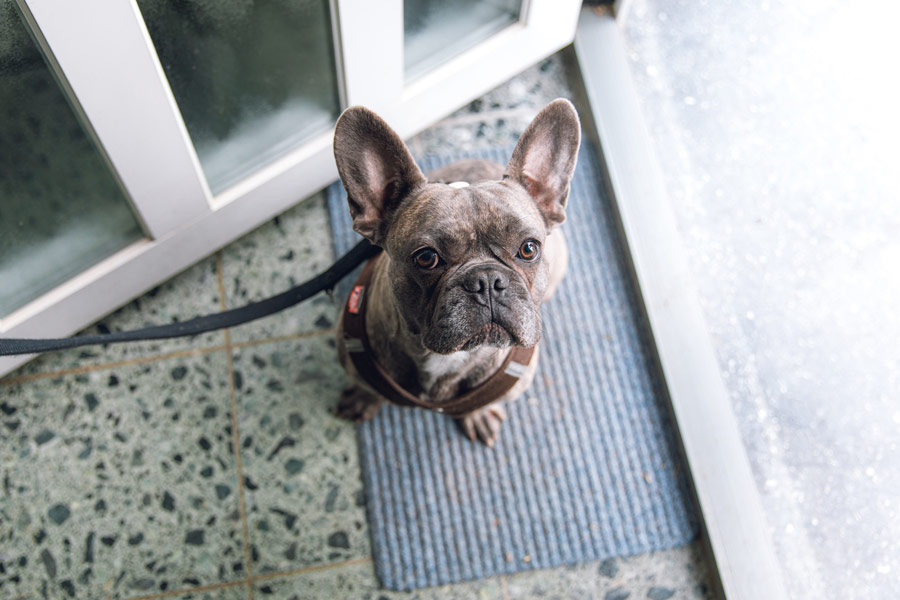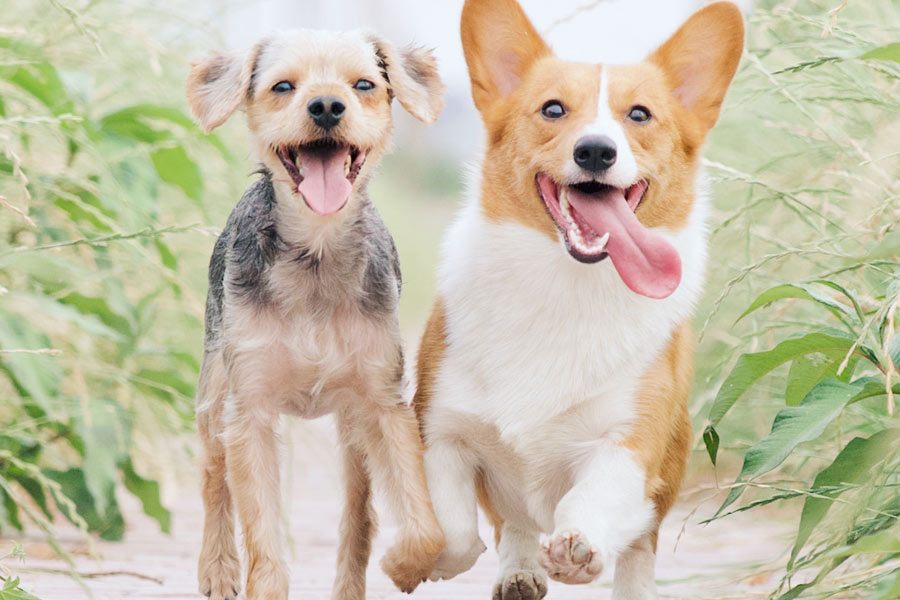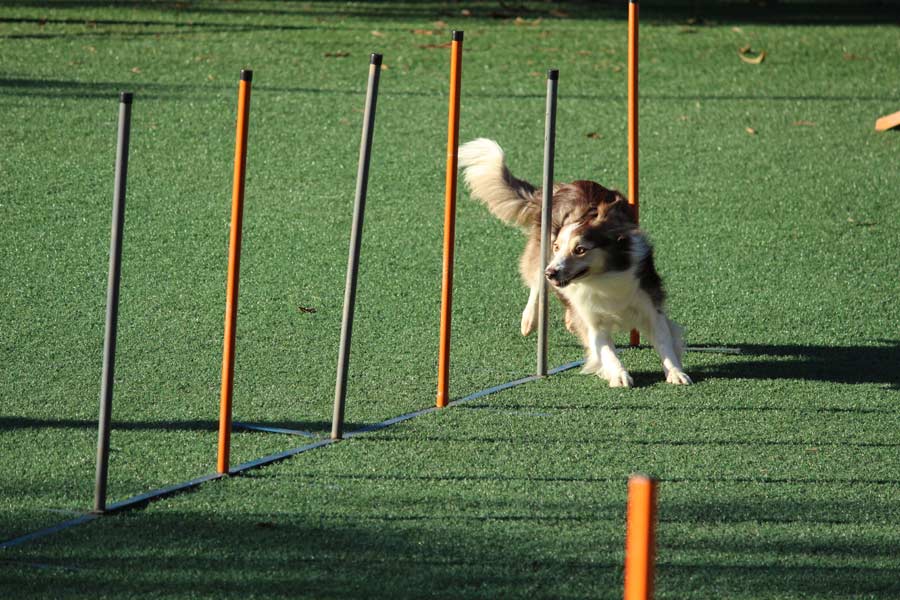Have you ever wondered if your dog is getting enough exercise? Well, when it comes to exercising your dog, the amount of activity required depends on breed, the age of the dog and its health status.
Yes, dogs do love to exercise but, ultimately, every dog is different. As a pet owner it is up to you to recognise how much daily or weekly exercise your fur pal needs and to accommodate this.
Why exercising your dog is important
There’s no denying that exercise is essential for dogs’ general health. It keeps them fit and mobile, and taking in all those new sights and smells is great for their mind too.
Indeed, lack of exercise can be detrimental to a dog’s wellbeing, causing a whole range of issues. Dogs that don’t get enough exercise can become overweight or obese. They can also become bored, which can lead to behavioural problems such as chewing or biting furniture, aggression and incessant barking.
Animal welfare laws that came into play in the Australian Capital Territory late last year highlight the fact that exercising your dog is a non-negotiable part of being a responsible pet owner.
The legislation not only recognises animals as sentient beings, but it also states that animals have the right to be treated with compassion. In essence, the laws now mean that any ACT dog owner can be fined up to $4,000 for failing to walk their dog at least once a day.
However, as long as the dog is not confined and has adequate room and space to run around and exercise itself, owners should not face punishment.
Nonetheless, these new laws in the ACT certainly have many pet owners wondering if they are giving their dog enough exercise.
Exercising your dog: how much activity is enough?
Without a doubt, if you are concerned that you might not be exercising your dog enough, talk to your vet. They will be able to advise you on how much exercise your dog requires—based on their breed, age and health.
However, as a general guide, smaller dogs (this might include Yorkshire Terriers, Pomeranians, Miniature Dachshunds and King Charles Spaniels) require approximately 30 minutes of exercise a day, plus playtime on top of that.
Medium-sized dogs (like Border Terriers, Pugs, Cocker Spaniels, Shih Tzus and Toy poodles) require at least 1 hour of exercise a day. This doesn’t have to be a solid hour of exercise; it can be broken down into several shorter activity sessions.
Larger dogs (such as Golden Retrievers, Springer Spaniels, Boxers and Border Collies) need a minimum of 2 hours of exercise a day. Again, this can be split into multiple shorter sessions.
Signs your dog is not getting enough exercise
Dogs need regular exercise to keep them happy and healthy, and their tails wagging! Unfortunately, sometimes it can be hard to tell if your fur pal is actually getting the right amount of exercise. If only dogs could talk!
Here are a few telltale signs to watch out for that might suggest your dog isn’t getting enough exercise.
- He’s chewed up your sofa!
- He’s looking a bit podgy
- Your neighbours complain that he’s barking all day
- When he does play he’s very rough (this signals pent-up energy)
- He’s showing signs of restlessness, such as pacing around or whining
- He seems depressed
- He’s started pulling at the leash on the way home from your walk
If you notice your four-legged pal is displaying any of these behaviours, try taking him on more regular or longer walks. If you currently walk him once a day, maybe try adding in a second walk and see if this alters his behaviour.
Interesting ways to exercise your dog
Don’t forget there are many different ways to exercise your dog, aside from simply going for a walk. So whether your dog is young, old, or physically impaired, you can find a way to add activity into his or her day.
Exercising your dog shouldn’t be boring — for you or them. Here are a few different ways to keep your bark buddy active.
- Teach them tricks, such as jumping or running, and reward them with a small treat.
- Play ‘sniff it out’ by hiding one of their favourite toys and creating a scent trail with food.
- Create your own backyard agility course.
- Introduce interval walk/runs. This is great exercise for you and your dog. Start at a leisurely pace, then speed-walk for 20-30 seconds. Drop back to a leisurely pace and then sprint for 20-30 seconds. Mix it up as little or as much as you like to keep things fresh.
- Incorporate stairs into your walk. Providing your dog is mobile and has no injuries, why not add a flight of stairs into your daily exercise? It’s a great way to burn a few extra calories!
In what fun ways do you exercise your dog?
Image source: Unsplash









Leave A Comment